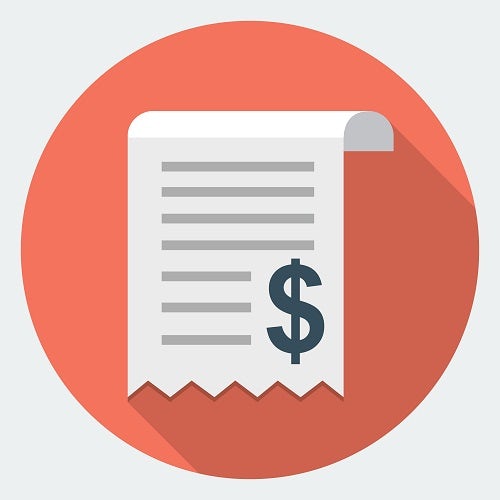
Travel and expense managers are likely to keep a keen eye on the big, fat expenses that come with every business trip. However, it’s often the smaller, less costly items that can really start to add up. Flights and hotels typically account for three-quarters of the overall cost of business trips. Ground transportation and auxiliary spending account for the other one-quarter of the costs, and they can be sneaky costs indeed.
AVERAGE T&E EXPENSES AT A GLANCE
- 38 percent: Airfare
- 34 percent: Hotel
- 5 percent: Car rental or ground transportation
- 23 percent: Auxiliary spending
LOOKING AT THE SNEAKY AUXILIARY SPENDING
Auxiliary spending includes things like meals, phone calls, Internet services and other smaller items. They may not be analysed in-depth due to their comparatively small amounts, as well as their ability to get lost in the fray, especially when travel managers are already facing mounds of T&E data.
A few tips from Business Travel News can help you take note of the smaller expenses so you can take action to increase savings across the board.
SORT SPENDING INTO CATEGORIES
Use four different categories to sort your expenses, based on where and when the spending takes place.
- Spending while travelling
- Spending associated with a regular travel services provider, such as hotel, airfare or car
- Spending linked to travel management company
- Spending that arose due to a difference between the amount recorded at booking and the amount paid the travel management company
Breaking down expenses this way can let you clearly see where expenses keep popping up – and whether or not you have an opportunity to tamper them down.
UNDERSTAND WHY EXPENSES HAPPEN
You next step is to analyse why each expense has occurred by looking at three different factors.
- Type of product or service purchased
- Overall spending behavior of employee
- Context of the expense
The first step in the expense review process gives you a high-level view on where the company money is going. The second step leads you closer to the action you need to take to help reduce costs.
Actions can include things like:
- Evaluating your policy
- Assessing your preferred suppliers
- Adjusting the overall number of employee trips
- Establishing an expense limit at the onset of each trip
- Using prepaid cards that can be used up to the agreed-upon limit
If, for instance, more and more of your business travellers increasingly using expense for on-demand car services, it may be time to integrate this new supply base into your travel policy. On the other hand, it could also be time to remind employees of your existing policy, negotiated rates and regulations that govern spending behaviors.
Additional insight and information can help travel mangers best estimate the financial impact of each and every business trip. This information, in turn, can help guide them to an improved understanding of their entire travel program.
Search
Subscribe
Latest Posts
Posts by Category
Our choice of Chrome River EXPENSE was made in part due to the very user-friendly interface, easy configurability, and the clear commitment to impactful customer service – all aspects in which Chrome River was the clear winner. While Chrome River is not as large as some of the other vendors we considered, we found that to be a benefit and our due diligence showed that it could support us as well as any large players in the space, along with a personalized level of customer care.
We are excited to be able to enforce much more stringent compliance to our expense guidelines and significantly enhance our expense reporting and analytics. By automating these processes, we will be able to free up AP time formerly spent on manual administrative tasks, and enhance the role by being much more strategic.